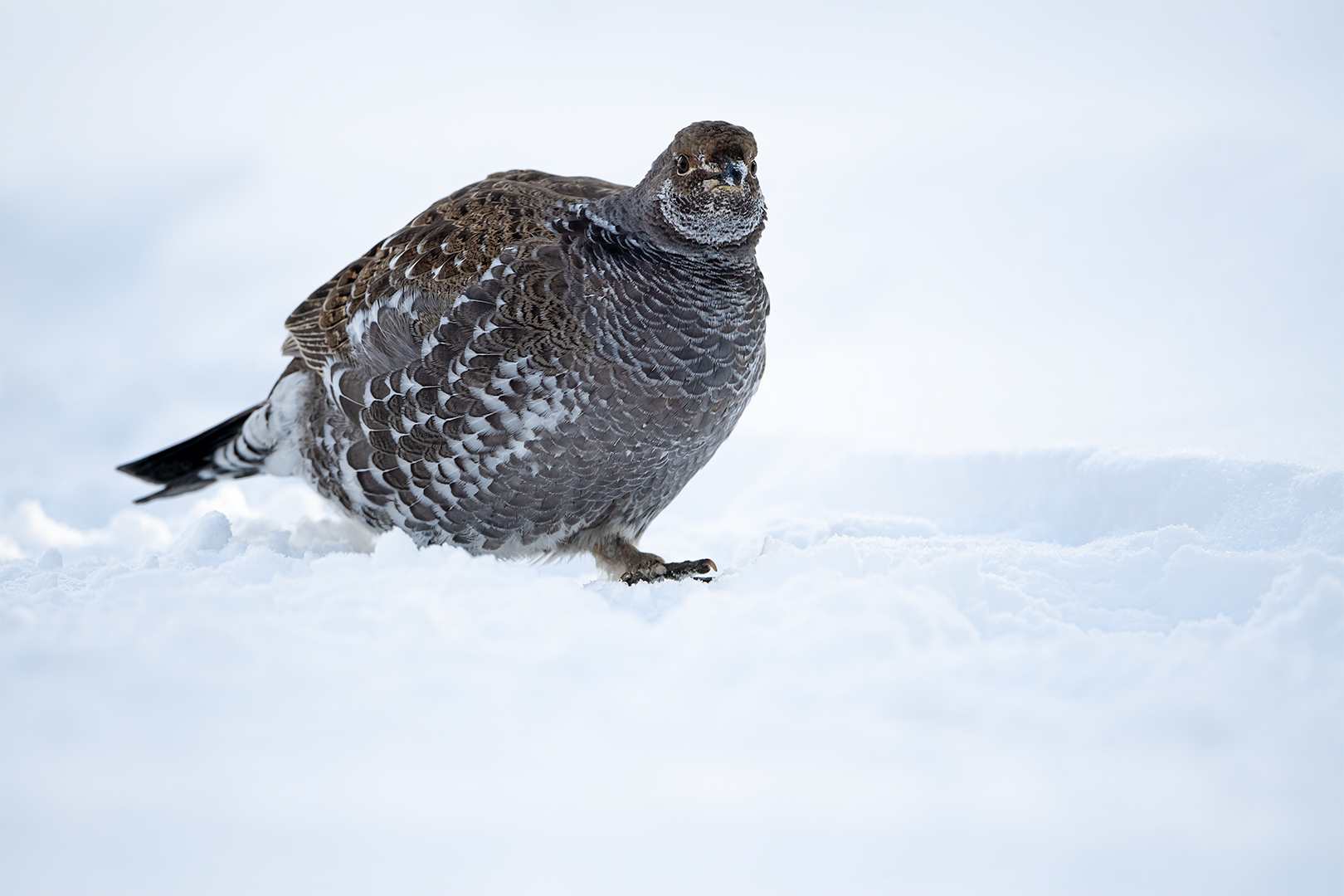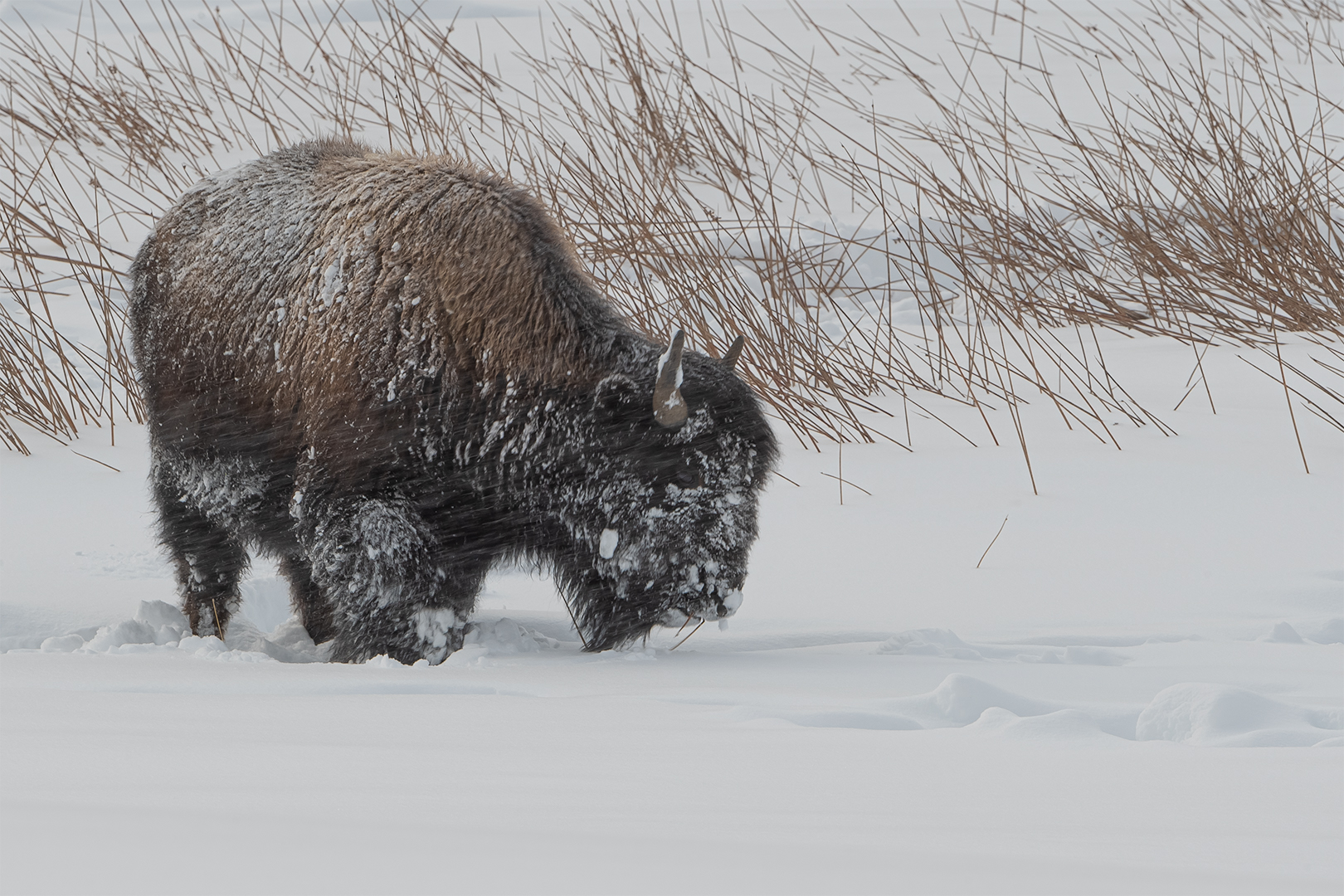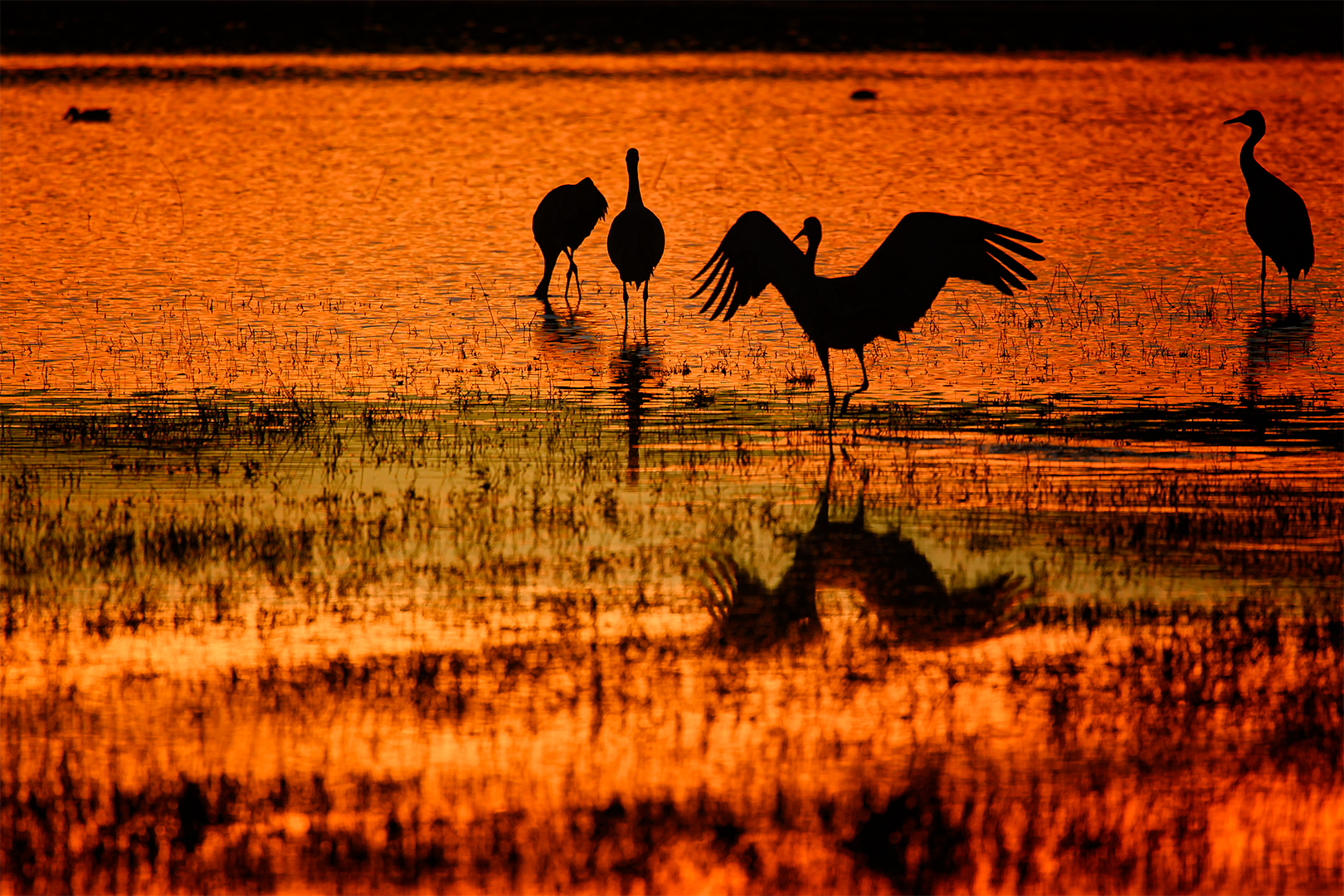…I’m hungry. This week has been Bison Week in Yellowstone National Park for me. The past two winters we saw very few Bison in the park. Happily this year, we have seen several herds in the park. Bison seem to roam everywhere we’ve been including at Old Faithful where a small herd “photobombed” our shoot at Old Faithful Geyser. On our last morning, we were the first snowcoach into the park which gave us the opportunity to see fresh critter tracks and to see the herds of Bison before other park visitors could disturb them. Shortly after our entry into the park, we encountered a herd of Bison still bedded down as the morning sky began to lighten. We were careful to speak softly and not move quickly. The herd members that saw us soon realized we were not a threat to them and went back to sleeping or eating. The young calves were often the earliest to stir and we had a great time watching them nudge the older Bison in an effort to get them to move. This little one was especially adorable as it nudged and nuzzled its mother, seemingly in an effort to get her up.



















